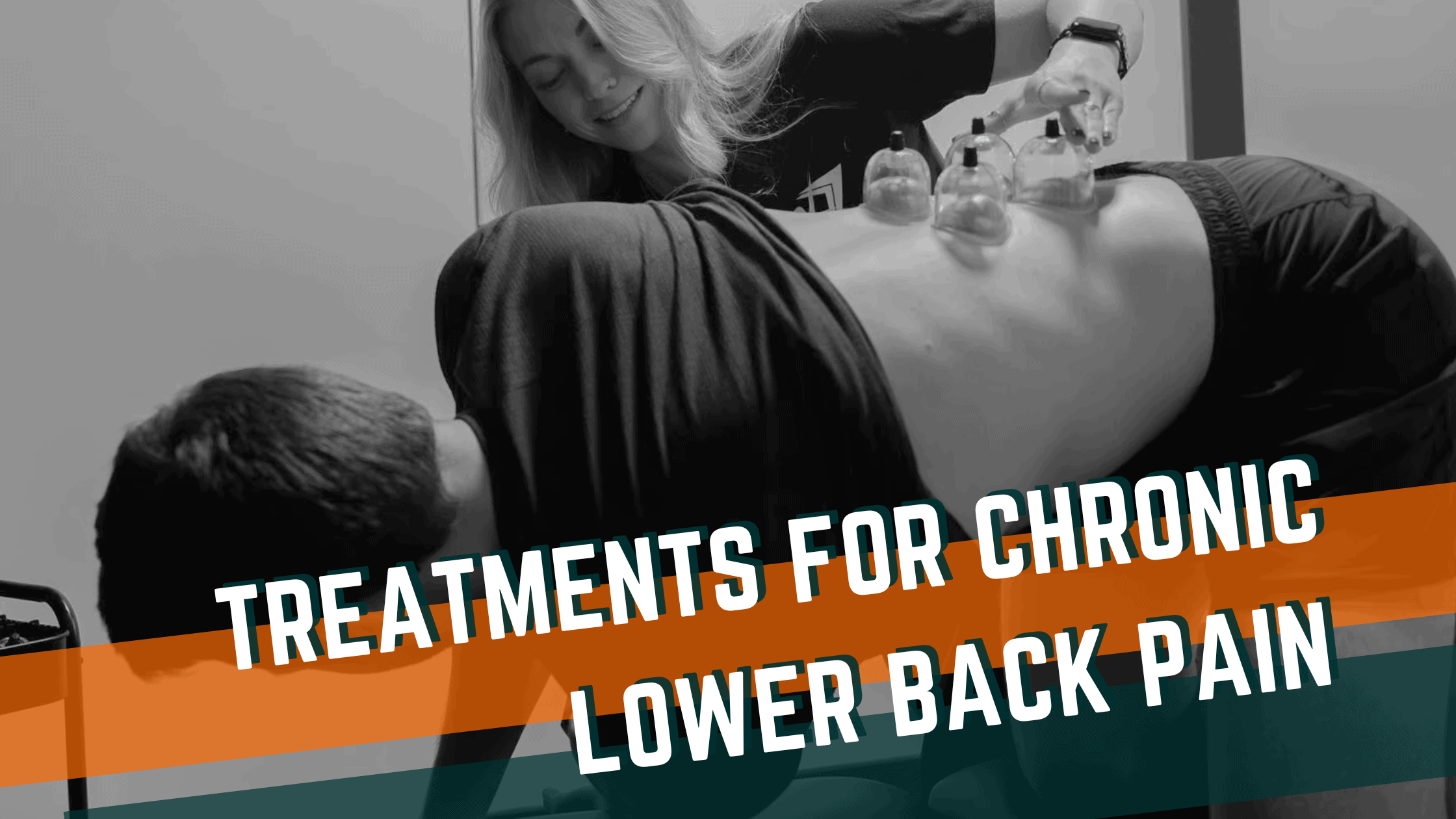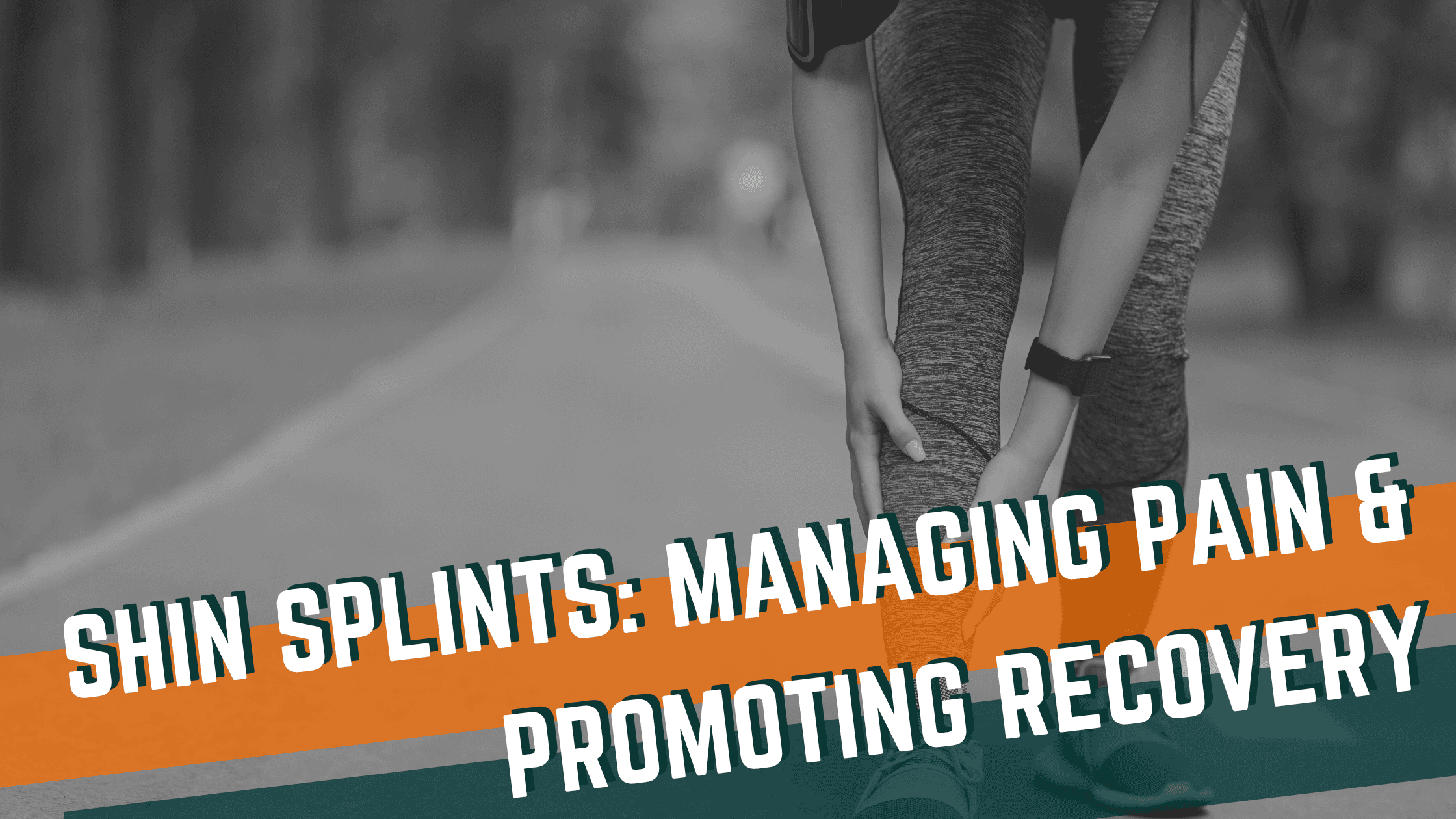
What are shin splints?
Shin splits refers to a number of painful conditions in the lower leg that typically occur with physical activity such as running. While shin splints is the most common term used to describe pain in the lower leg, it is important to note that shin splints is not a helpful diagnosis. Shin splints is a generic term that doesn’t distinguish between several actual diagnoses: medial tibial stress syndrome, compartment syndrome, stress fractures, tendinopathies, and more.
If you’ve been given the diagnosis of “shin splints,” it is the equivalent of saying, “I’m going to the store,” but not specifying if that is the local grocery store, hardware store, or clothing store. The shin splints diagnosis will not help you determine the best plan of care to get out of pain.
While this article will share insights into managing all of these conditions, it cannot be overstated how important a REAL diagnosis is for you to get back to the activities that you love.
What causes shin splints?
The majority of shin splints pain is caused by an imbalance between training volume and recovery. For example, a runner increases their mileage too aggressively in preparation for an upcoming race and the muscles, tendons, and/or bones on the lower leg cannot recover from the training volume.
On the opposite side, we often see individuals who are following a solid training program but are under-fueling their body. If we aren’t getting proper nutrient density, then the same tissues can’t repair themselves between workouts, eventually leading to pain.
We also see running technique errors overloading the lower leg or lack of strength training, leaving tissues too weak to tolerate consistent training.
Your best bet in any of these conditions is to find a skilled sports physical therapist to help identify the exact issues holding you back!
Common Symptoms of Shin Splints:
All shin splint conditions come with pain in the lower leg, below the knee. But how they present will vary.
- Tendinopathies often start with pain at the start of activity and then warm up a bit, becoming less painful. Then, after enough activity or after exercising is complete, pain often comes back
- Stress fractures tend to steadily increase in pain throughout training session
- Compartment syndrome tends to creep in at a fairly consistent run distance and will resolve itself quickly with rest
Tracking mileage and intensity of your symptoms is incredibly helpful to your rehab team to more accurately determine which of these diagnoses is driving your pain.
How are they diagnosed?
Diagnosing which condition you have comes down to a few tests:
- Reviewing your symptom behavior as described above
- Muscle and tendon strength tests
- Bone loading tests
- Gait assessments
What can be done once you have shin splints?
Once we have an actual diagnosis, we can game plan what combination of stretches, strength training, running technique adjustments, and training plan modifications we need to make to get you back to full speed.
Treatment options will vary based on the condition you have. Tendinopathies will require progressive loading and running technique changes. But if you’ve been diagnosed with shin splints but actually have a stress fracture, this poor diagnosis puts your running career in jeopardy. Many athletes have seen stress fractures progress to full fractures and never returned to the same levels.
How can you prevent shin splints?
Preventing shin splints comes down to following a solid training plan, having good technique, fueling your body properly, and supplementing running with heavy strength training.
What Should You Do to Treat Your Shin Splints?
Hopefully, by now, the answer is clear. Get a true diagnosis so that you can attack the correct areas and return to running as fast as possible! At Onward, our team has extensive experience in this area and would love to guide you through the rehab process!
Recent Articles
Recover Like a Pro: The Role of Manual Therapy, Dry Needling, and Mobility Work in Faster Recovery
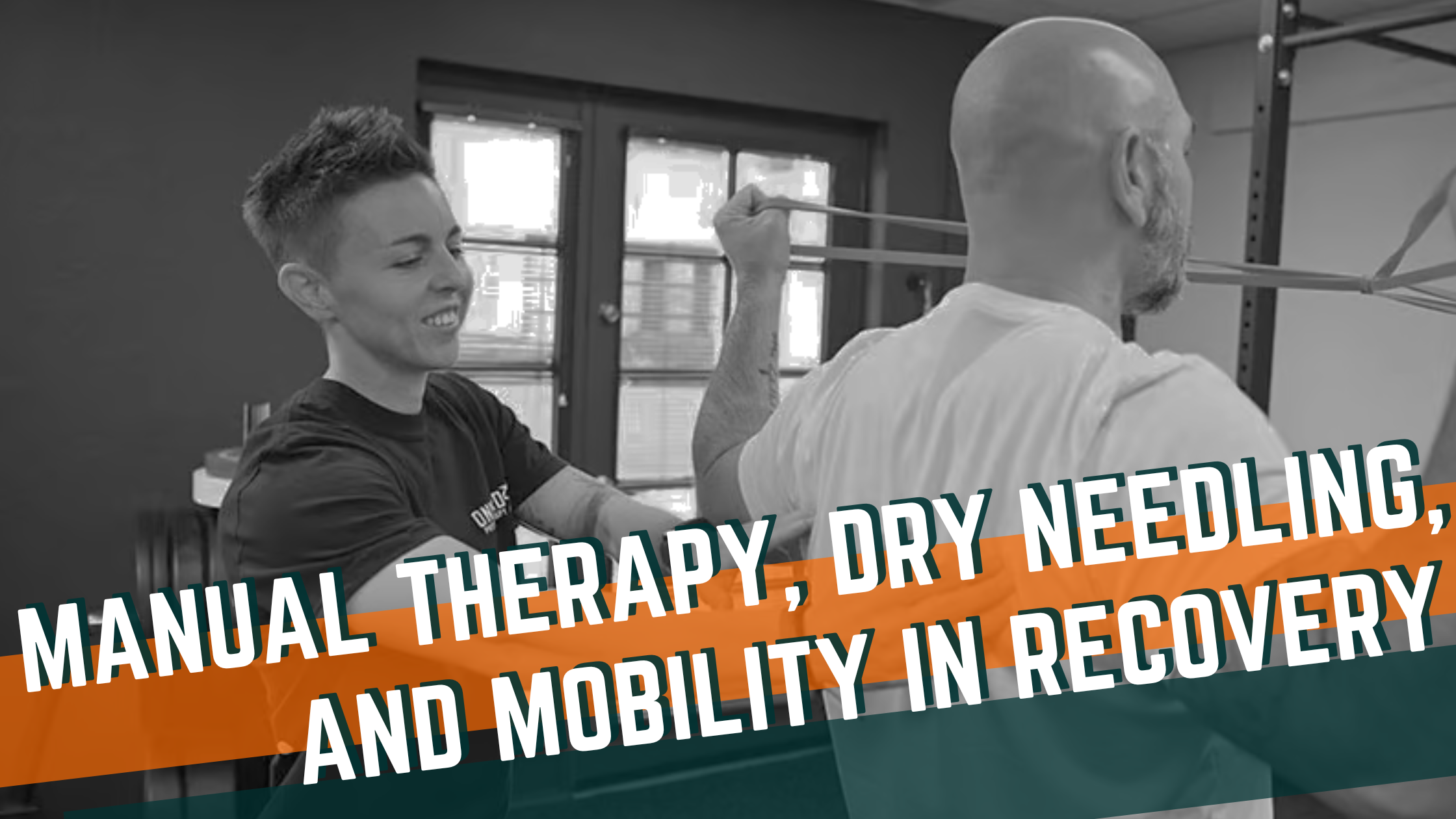
How does physical therapy help injury recovery and performance?
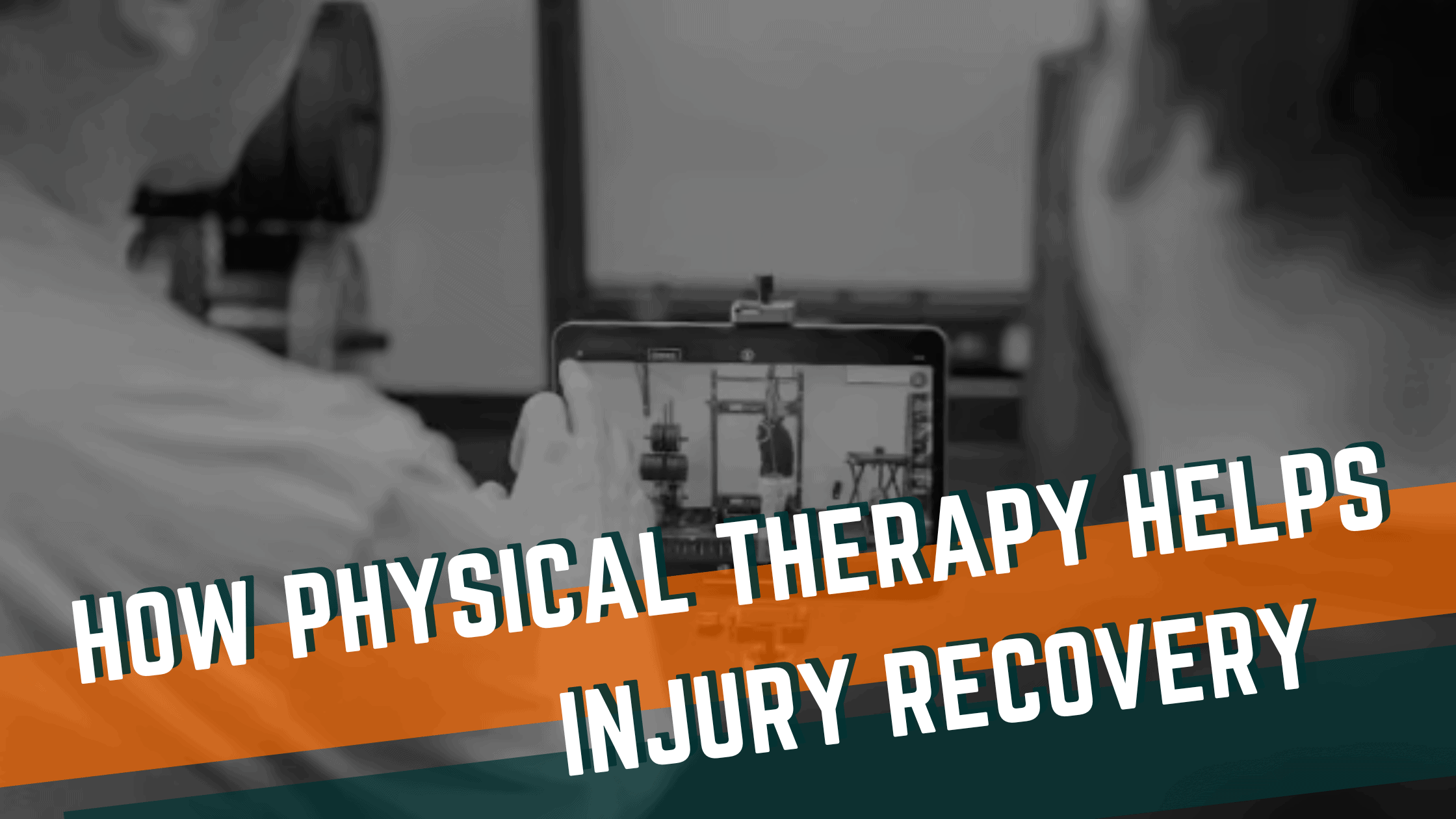
Comparing Manual Therapy to Other Treatment Modalities
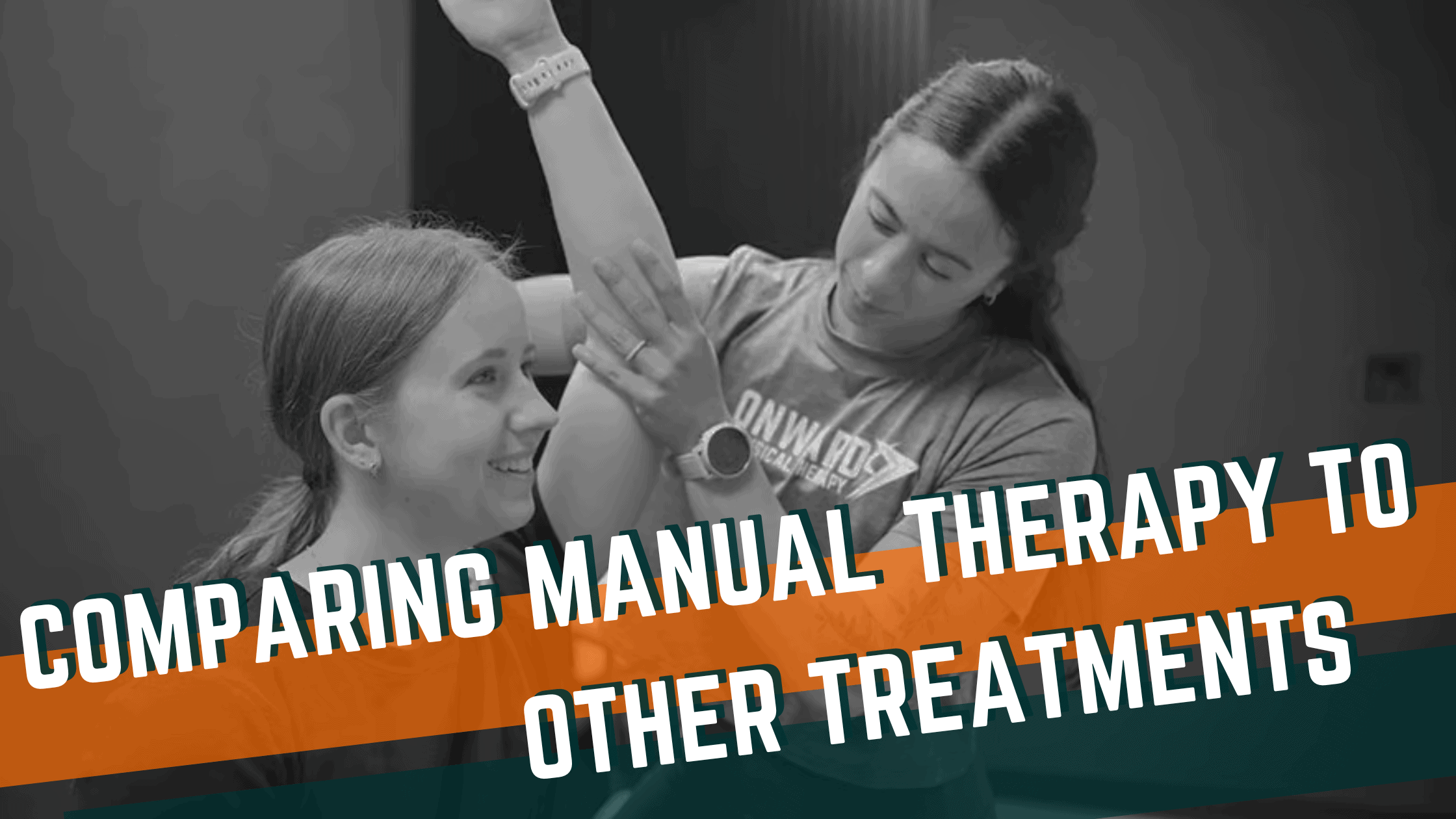
How Physical Activity Influences Mental Well-being
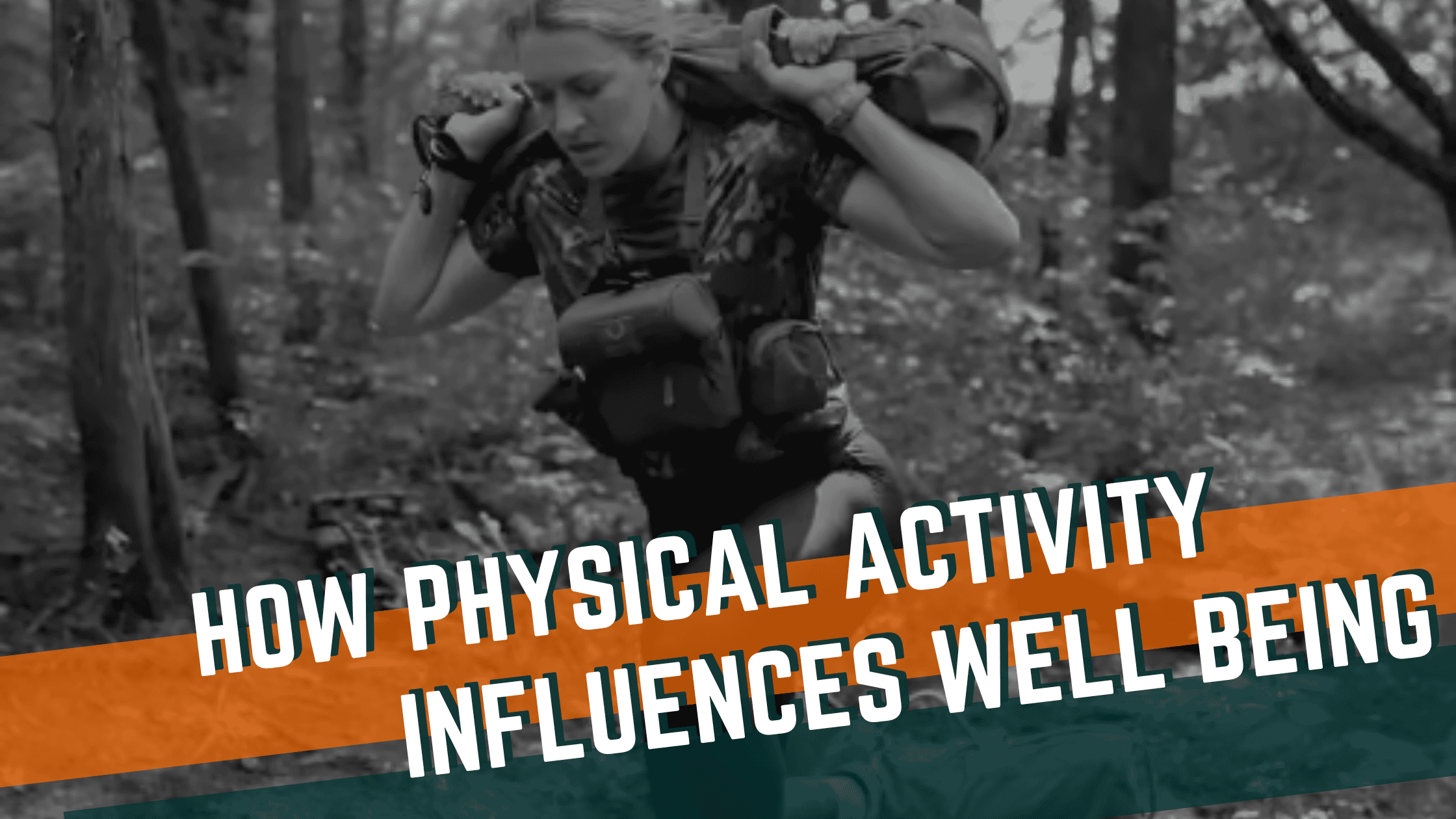
Non-Pharmacological Treatments for Chronic Lower Back Pain
